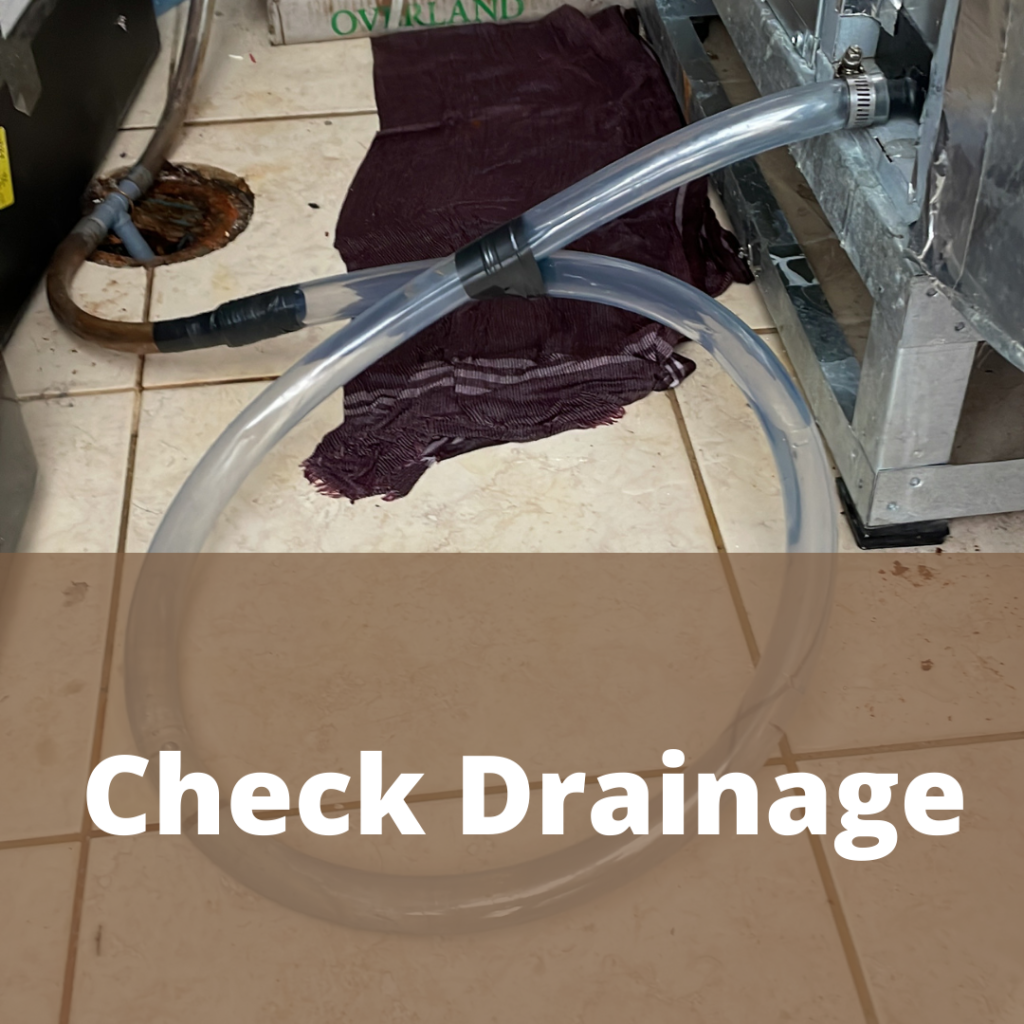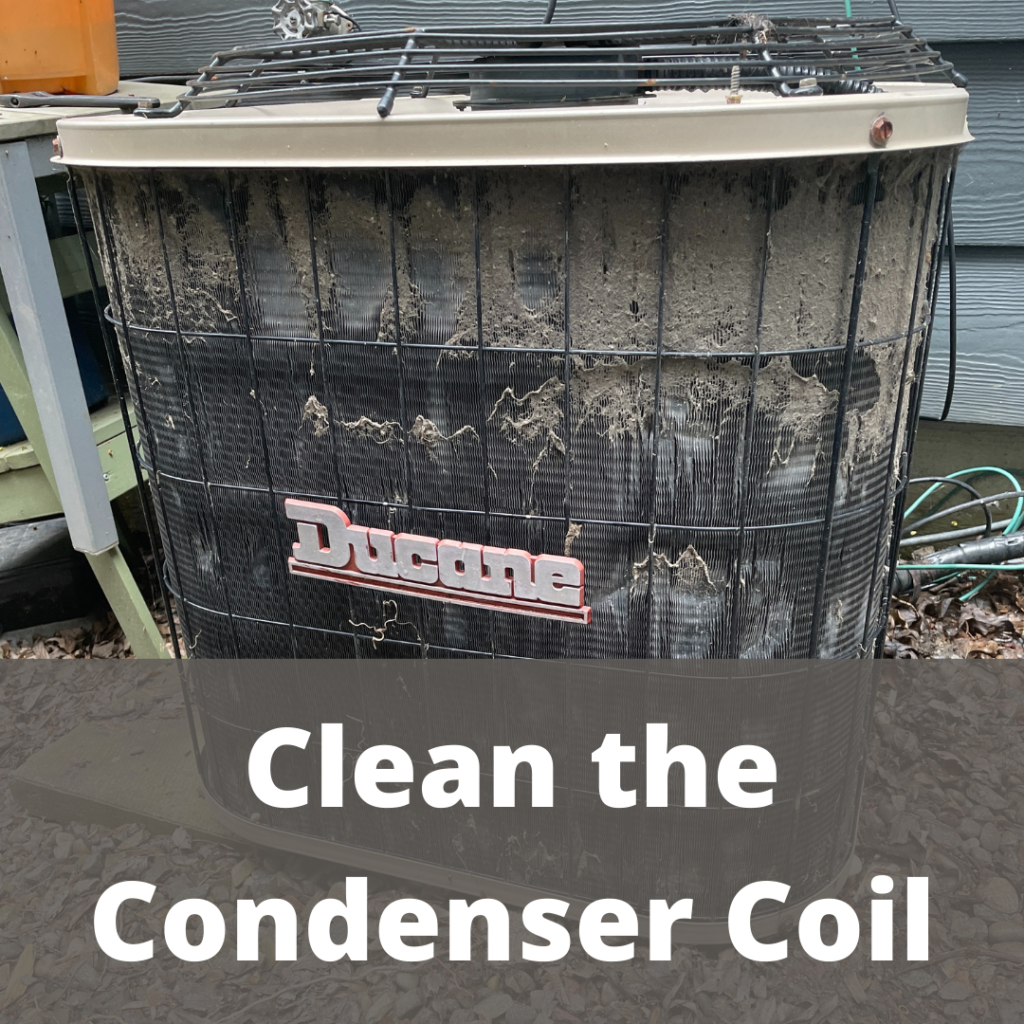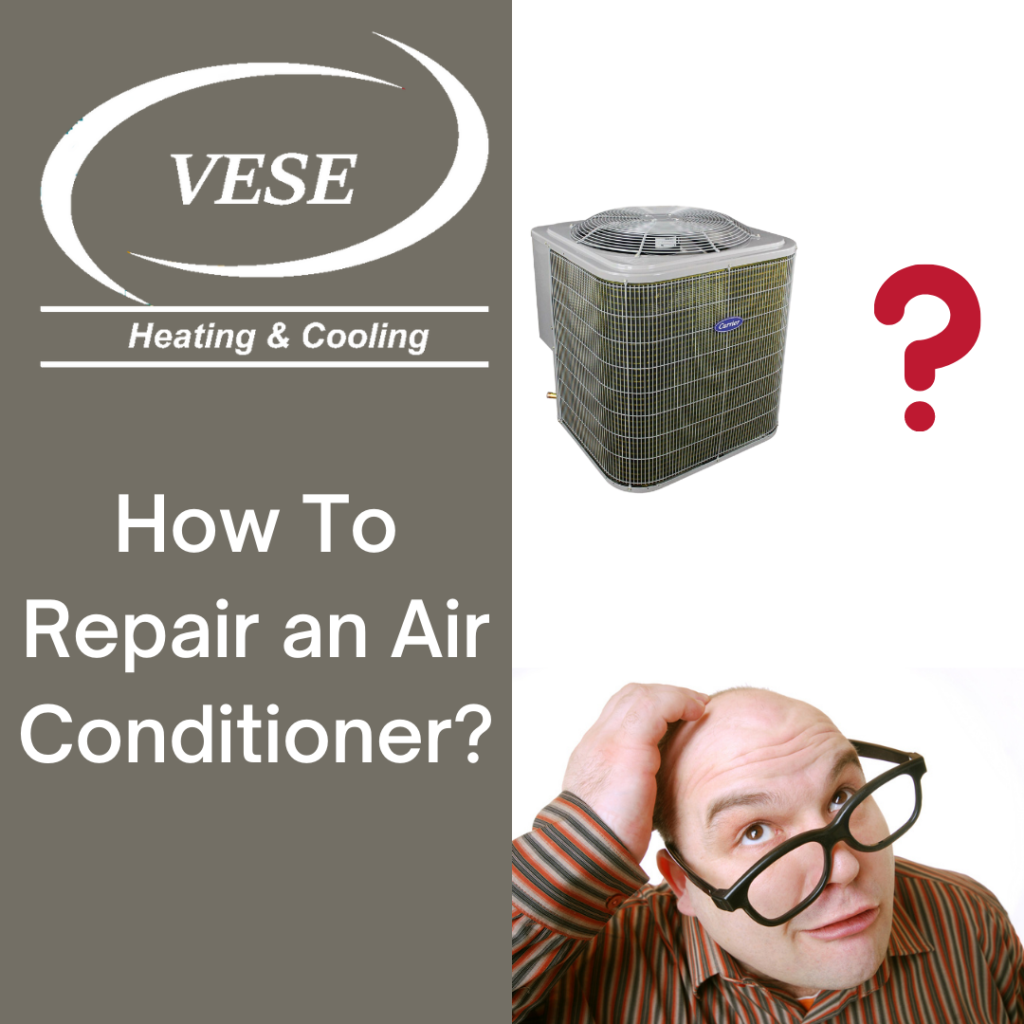Few things in life are as irritating as your air conditioner acting up on a hot summer day and we often times ask “How To Repair an Air Conditioner?”. But before you pick that phone up to spend hard-earned money on a potentially-unnecessary service call, there are a few basic things you should do to see if you can solve or identify the problem yourself. Keep in mind, that you will not be able to solve every potential problem. It’s not safe to mess around with your AC’s electrical wiring, and opening the AC system up may just make the problem worse, so don’t hesitate to call for help if you need it.

Check the Thermostat
Check the switches on the thermostat. Ensure the thermostat is turned to the “on” position. Make sure it is set to A/C or “cool.” Check for override programs on a programmable thermostat that could cause an unresponsive A/C.
If the screen on the thermostat is blank try to replace the batteries.
Read your instruction manual to see how you take the faceplate off. In most cases, there’s a small lip on the cover and you can just pry it off by hand. Replace the batteries in your thermostat and put the cover back on to see if that resolves the problem.

Check Electrical
If your AC unit still does not work, you should check to see if the breaker was tripped. There are 2 places to check:
Electrical Panel – Check your main electrical panel to see if there’s a circuit breaker “tripped” (older homes use a fuse box). If the circuit breaker has tripped, simply turn it off and then back on.
Check disconnect Box usually an AC unit will have a shut-off box nearby make sure that the plug on the disconnect box is switched to an on position.
Check the HVAC system filter
Filter replacement is a quick and easy task. Before you can do it, though, you need to know where the filter is located. That can be the tricky part because there are several places it could be.
In most systems, the filters are located in the return air duct. In some cases panel may be attached with hooks or screws. So after opening the cover on your HVAC system pull the filter out from the filter rack and put the new filter in. It’s recommended to replace the filter 1 inch once three months and 4 inches once a nine months. However, you might replace filters more often if your house has a high dust load.
If you have replaced your filter and are still experiencing problems with the cooling in your home, you may need to contact a qualified Vese professional.

Check Drainage
An air conditioner’s cooling process produces condensation, which normally flows away from the equipment, allowing the unit to operate smoothly. However, if a clog develops in the condensate drain lines or drip pan, or if outdoor humidity levels are high, moisture may back up into your air conditioner.
Excess condensation will increase indoor humidity levels and hinder the air conditioner’s performance. It could also cause damage to the unit’s components. There are three likely drain issues to look for in your AC troubleshooting process:
- Water leakage and spilling: When algae, mold, or other debris blocks the trap or pipe, the condensate pan will fill with water and can eventually overflow. If left unaddressed, the water can damage your drywall, floors, or HVAC system.
- Mold growth: An odor of mildew or dampness may indicate mold is growing in the drain tube. Scheduling regular cleaning of the condensate drain will help avoid poor indoor air quality because of mold spores.
- Drain trap: A U-shape trap is connected to the condensate drain and allows water to flow out of the system. The trap can become clogged or dry out. Mold, mildew, and fungus can develop if water doesn’t flow properly, causing odors to back up into your home.

Clean the Condenser Coil
The condenser coil is part of the unit which is located outside. The function of the condenser coil is to remove and dissipate hot air from the house.
Condenser coils are metal tubes that run through aluminum fins. The refrigerant in gas form is compressed into the coils, where the gas is condensed into a hot liquid. The condenser coils and fins dissipate the heat as the liquid travels through the coils. A large fan on top of the condenser unit helps dissipate the heat. It’s important to keep the condenser clean.
How to clean condenser coil:
- Aim your garden nozzle upward into the top of the condenser coil to remove the crud buildup under the lid.
- Work all the way around the coil. Then aim the nozzle down and flush the debris down the coil fins.
- Adjust the nozzle to a gentler stream and shoot water directly into the coils to flush out any remaining debris.
Call For Edmonton’s AC Service Today
In case you don’t know how to repair your air conditioner call us now! Air conditioner problems tend to complicate over time. A simple problem can turn into a system-breaking catastrophe if left to its own devices. If you suspect that you need an AC repair, then give us a call. Here at Vese Heating & Cooling our AC repair technicians always stand by to give you a hand with your air conditioning problems. Call the experts at Vese Heating & Cooling if your air conditioner requires repair or routine maintenance.

